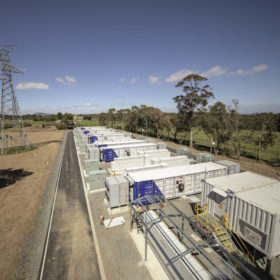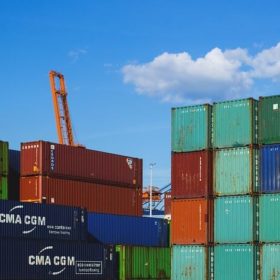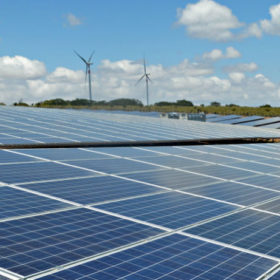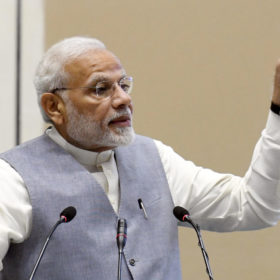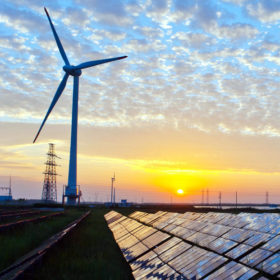Gujarat to provide Rs 912 crore subsidy for rooftop solar this fiscal
The state budget for 2020-21 has also allocated Rs 125 crore under Pradhan Mantri KUSUM Yojana to solarize 18,500 grid-connected pumps and for standalone offgrid solar power agriculture pumps.
Environment ministry releases draft version of battery waste management rules
Establishment of an R&D cell for battery recycling and online tracking of the collection and re-processing of used batteries are highlights of the draft rules which seek to ensure safe disposal and organized recycling of batteries at the end of their life.
Global energy storage market to surge to 15 GW by 2024
As the sector continues to grow rapidly, delays in manufacturing scale-ups, difficulties sourcing raw materials and a separate path taken by the electric vehicle sector could all chuck ‘sand in the gears’, according to analyst Wood Mackenzie.
Energy efficiency body eyes 1.5 GW of distributed solar within 13 months
Energy Efficiency Services Limited, which has already bagged orders for 800 MW of distributed solar installations in Maharashtra and 113 MW in Rajasthan, says it will roll out 1.5 GW of generation facilities by the end of the next fiscal year.
USA: Government report says Trump’s solar tariff has accomplished little
The U.S. ITC has released a report highlighting changes in the domestic solar cell and module manufacturing industry, showing that while there has been an increase in domestic module manufacturing, the overall program’s success, relative to the $740 million in tariffs, has created little measurable benefit.
Optimal grid utilization imperative whilst integrating renewable energy
The Solar Energy Corporation of India should amend the 400 MW round-the-clock supply tender to make co-location of solar, wind and storage mandatory in order to ensure optimal utilization of transmission infrastructure, says NSEFI chairman.
Solar projects reprieved as Indian government declares coronavirus a force majeure
Lobby group the National Solar Energy Federation of India says around 4 GW of solar plant capacity is likely to be affected by component shortages after the outbreak of the virus in China.
Large scale storage still some way off
Consultancy Bridge to India has looked into its crystal ball to predict India will add 10 GW of solar capacity this year and the same next year before deployment slows to 7 GW per year in 2022 and 2023, dogged by hurdles such as an inexplicable ongoing demand for new coal-fired power plants.
Azure Power posts Q3 loss but continues to expand solar portfolio
The New Delhi-based developer posted a Rs136 crore loss from October to the end of December but has managed to shift current liabilities into the long grass as it aims to continue on an expansionist trail, backed by the Canadian pension fund which holds almost half its shares.
Balancing the renewable energy intermittency
Annual renewable energy balancing between resource-surplus and resource-deficit states can help solve DISCOM woes while ensuring their compliance to renewable purchase obligations.


